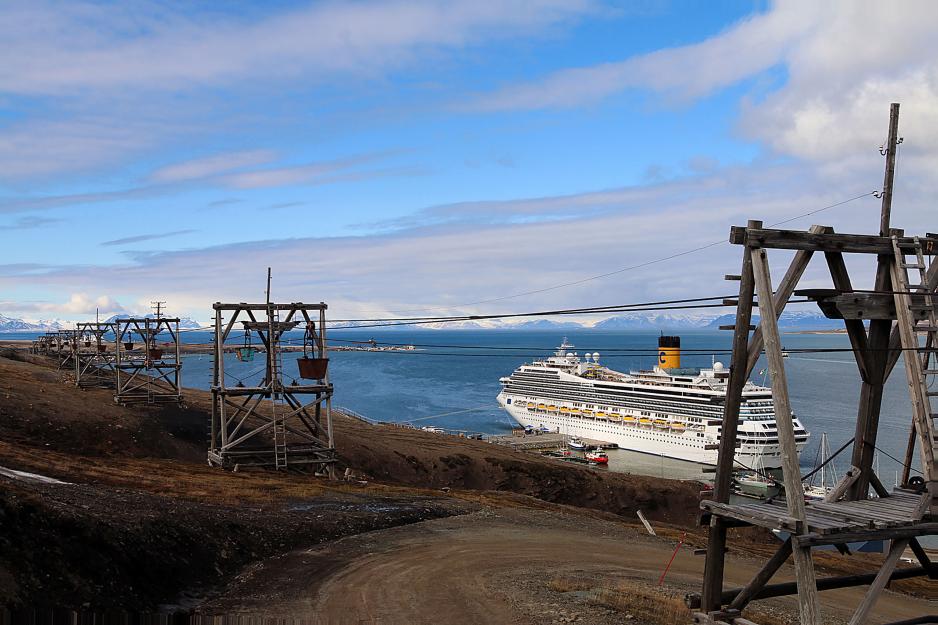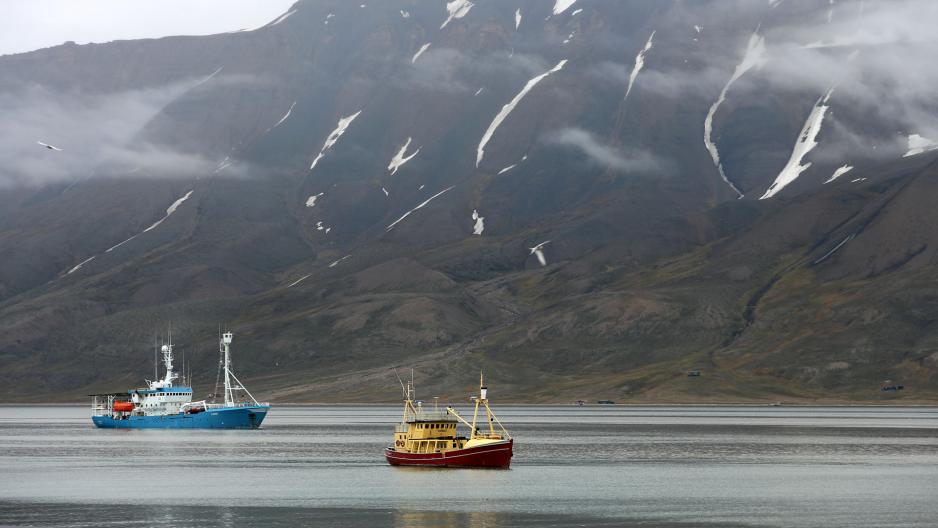Sewage Ban for Ships near Svalbard Poses Challenges

Det innføres et forbud mot gjennomføring av reiselivsaktiviteter i form av cruise på Svalbard. Regjeringen vil gjennomføre en vurdering av forskriftsendringen innen 1. november 2020. (Foto: Visit Svalbard)
The Norwegian Ministry of Climate and Environment announces a future ban on sewage waste deposits from ships within 12 nautical miles from land along the Norwegian coast and around Svalbard. – This is unfair to smaller vessels, says Eirik Berger of the Svalbard Liberal Party.
Not unfair when considering the fact that increased ship traffic around Svalbard also will lead to larger amounts of sewage waste depositing, and that such a new regulation will help prevent a too heavy load in Svalbard waters, however, unfair for smaller vessels that mainly operate in the Isfjorden and who will now need to go far out at sea in order to deposit its sewage waste.
- Smaller vessels, that when compared to large cruise ships are more like minor life boats, will now have to go out into the open oceans to deposit their sewage waste. And I would argue that this is an unfair consequence of the changed regulations, which in and of themselves represent a very positive change when it comes to a clean coastline, Berger says.
In a press statement from the Ministry of Environment and Climate, Minister Vidar Helgesen says that the regulations for such deposits will be stricter and that Norway has adopted the international regulations for sewage deposits from ships. The regulations that are currently being worked out will apply to all kinds of vessels, regardless of their size and how many persons they are certified to take.

Wise elements – unfair outcomes
Berge argues that the announced changes are a good idea, however, it may also have some rather unfair outcomes on Svalbard if the regulations are not differentiated.
- On Svalbard, it will be beneficial if the large, cross-sea cruise ships do not deposit their sewage waste near land or in Isfjorden, Berger says.
It is important to him to monitor the changing of regulations and decisions that have consequences for the Svalbard community.
- Even though Isfjorden is a big fjord, it is nevertheless worth noticing that no areas in Isfjorden are more than 12 nautical miles from land. So that means that ships only operating in Isfjorden will have to enter the open ocean, Berger says.

Additional burden
If the new regulations are also to apply to the smaller number of vessels operating in the inner parts of Isfjorden, these will be subject to an unreasonable additional burden if they have to go far out from Isfjorden to deposit their sewage waste, Berger argues.
- The new regulations should be differentiated and make distinctions between groups of vessels, so that it applies to large cruise ships but not for smaller vessels that only operate from Longyearbyen and in the inner parts of Isfjorden, Berger says.
He refers to the adopted Norwegian Svalbard Policy, in which both the government and the parliament point to tourism as a key element for employment in Longyearbyen.
- The government has said that it will facilitate more local jobs in this industry, not additional burdens, he says.
Les artikkelen på norsk
